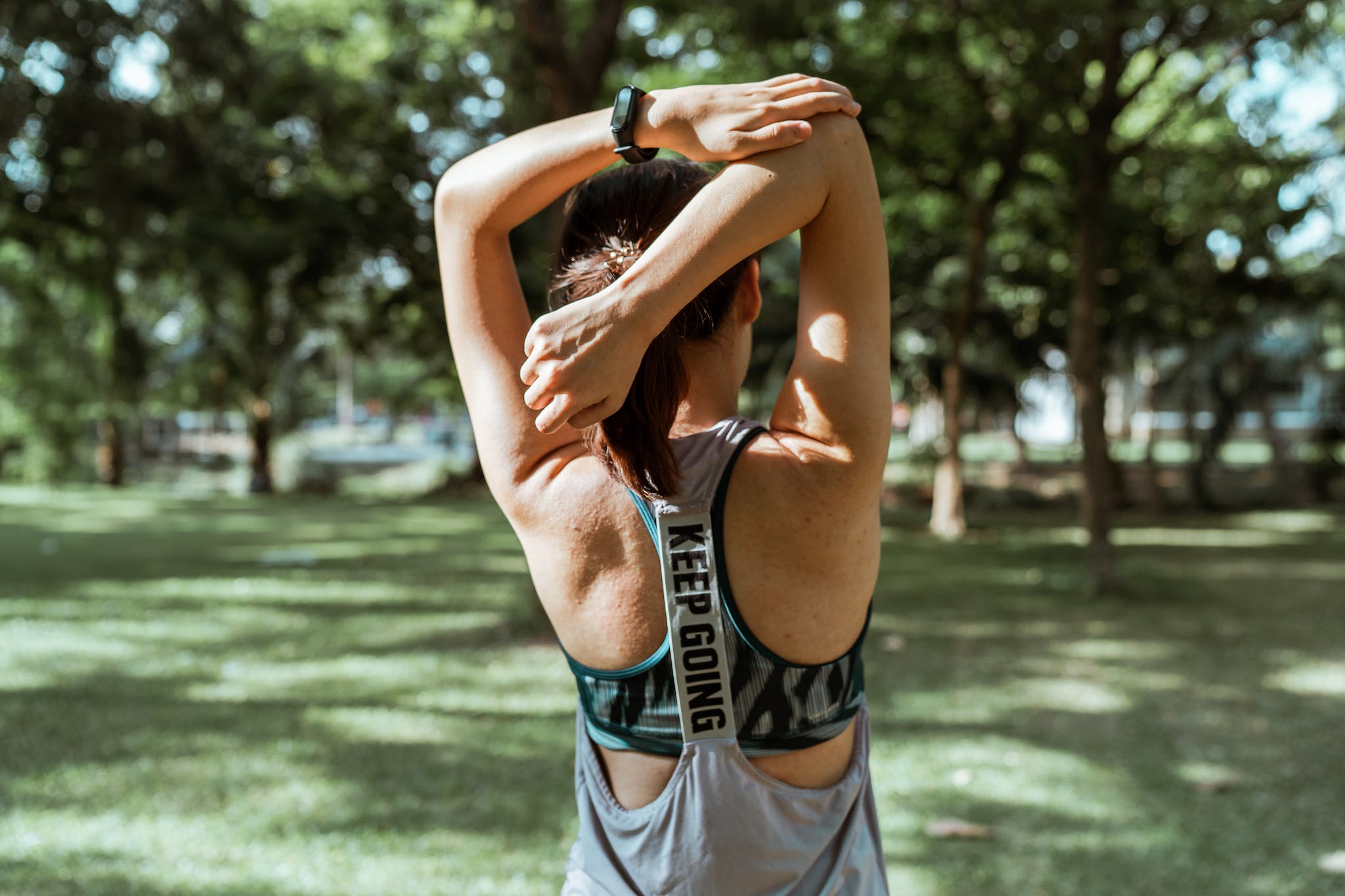Muscle Fatigue? Discover the Best Post-Workout Recovery Strategies
We all know how exhilarating it feels to crush an intense workout and push our bodies to the limit. But let’s be real for a moment – the post-workout soreness that follows can make you rethink picking up heavy weights. Don’t worry, though; I’ve got you covered! In this blog post, we’ll delve into some best post-workout recovery strategies to speed past the unfortunate side effects of a hard workout. Say goodbye to those achy muscles and hello to quicker healing and muscle repair!

Get Your Beauty Sleep
Who would have thought that catching some z’s could be one of the most effective recovery tools? It’s probably something you’ve heard plenty of times, but can never seem to actually commit to. Sleep is crucial for muscle repair and overall recovery. Sleep can aid in tissue repair and muscle growth. Aim for 7-9 hours of quality shut-eye each night, and you’ll notice a significant difference in how your body heals after those intense workouts.
Hydration is the Key
Stay hydrated! Water is essential for flushing out toxins and promoting nutrient absorption. Not to mention, you probably were sweating during your workout and it’s important to replenish your fluids. Sip on water throughout the day, and for an added boost, try natural electrolyte-rich beverages like coconut water or Gatorade. Not only will this help your muscles recover faster, but it will also keep you feeling energized and prepared for your next workout!
Fuel Your Recovery with Proper Nutrition
Let’s talk about food! After a rigorous workout, your muscles are in dire need of replenishment. Opt for a post-workout meal rich in protein and carbohydrates to refuel your body. Protein aids in muscle repair and growth, while carbs replenish your glycogen – giving you that much-needed energy boost. Some post-workout options you should attempt include a chicken and quinoa bowl, a peanut butter banana smoothie, or a veggie-packed omelet.
Continue to Exercise
When you’re sore and can barely walk, the last thing you want to do is go to your scheduled workout. BUT one way to keep yourself from feeling sore is to actually continue working out the muscles. Muscles get sore when the movement stops, so even on your most sore days try to stay active (it doesn’t have to be high intensity) by doing something like going on a walk or stretching.
Stretch it Out
Stretching isn’t just for cool-downs; it’s a much-needed way to promote flexibility and speed up muscle recovery. Engage in dynamic stretching before your workout to warm up your muscles, and incorporate static stretching afterward to prevent stiffness and promote blood flow. Incorporate yoga into your weekly workout routine to structure stretching into your regime.
Embrace the Ice Bath
Okay, I know what you’re thinking – ice baths equal torture! But trust me, they work wonders for recovery. Taking a dip in an ice-cold bath for about 10-15 minutes can reduce inflammation and muscle soreness. If the thought of submerging yourself in icy water doesn’t appeal to you, opt for an ice pack or a cold compression wrap on sore areas or shower in cool water after the workout.
Listen to Your Body and Rest
This one might seem obvious, but it’s often overlooked. Your body knows best! If you’re feeling overly fatigued or experiencing sharp pain, it’s essential to give yourself a break. Overtraining can lead to injuries and hinder your recovery progress. Take rest days as needed, and don’t be afraid to dial back the intensity when necessary. Remember: recovery is just as important as the workout itself!
Massage Away the Tension
Who doesn’t love a good massage? Treat yourself to a sports massage or use a foam roller to release muscle tension and improve blood circulation. With all the hard work you’ve been putting in, why not invest some into the recovery and hit the spa? Massaging helps to break up knots and adhesions in your muscles, allowing for faster healing and a decreased risk of injury. Plus, it feels amazing and can be an excellent way to unwind after a tough workout (or week).
Now that you’re armed with these recovery strategies, you’re well on your way to bouncing back faster and stronger after every workout. Incorporate these tips into your post-workout routine, and you’ll see huge changes in your overall athletic performance and well-being. Remember to listen to your body and prioritize rest when needed. Happy healing, everyone!





